Planting your own garden - the occupation of troublesome and at the same time quite fascinating. The selection of seedlings is very diverse, so besides the usual pears, apple trees and draining, I want to plant something exotic and tasty, for example, mysterious fig. On how to grow this unusual fruit in the garden we will talk in this article.
Fig in open ground, culture description
Tree figs will not just decorate the site, but will provide you with very useful and extremely delicious fruits. The indisputable advantage of fruits of figs is the ability to use them not only in a fresh form, but also in dried. Therefore, it is not necessary to think about the preservation of a rich harvest - it is enough to put the fruits and enjoy their amazing taste until the next season.
In focus saplings, although they are exotions in our latitudes, but due to their unpretentiousness to weather conditions, it is easy to grow almost on any site. It should be noted that the figs easily develops and gives fruit in any soil - stony, sandy, liner. And if you provide him more fertile soil, you can get a great harvest twice a year - in summer and autumn. In addition, figs are pretty winter articles - some varieties are withstanding to -20 ° C.
- Fig is not the only name of this culture. You can hear such other names - figs, fig.
- By nature, figs - a leaf fall tree of the genus Ficus family of the mound.
- The birthplace of the plant is the ancient Karia region, which is the province of Asia Minor. As a cultural tree, giving wine fruits, figs is cultivated in the Carpathians, throughout Central Asia, in the Krasnodar Territory, in the Crimea, in the Mediterranean, as well as on Iranian Highlands.
- According to historians, Smokva - the oldest fruit culture, which was actively grown in Arabia, and then Egypt and Phenicia. Only in the XVI century, figs were brought to the territory of America.
- The tree has a silver bark, smooth to the touch, without deep cracks.
- The foliage is located alternately, each leaf is large, palpal, blade, cloth rigid. In the sinuses of the leaves, short shoots are formed with the inflorescences of the spherical shape with holes, which can accommodate separatogne flowers.
- Flowers are formed single-heated fruits nuts. Ripe figs are sweet hodge with juicy flesh, there are many small seeds inside. The upper skin of the fetus is very thin, covered with short hairs. Fruit color from yellow to coal-ink color. Flexible pear shape, the top ends with an eye with a multitude of scales.
- Ripe figures tastefully shyly sweet. The diameter of the fetus from 5 to 8 cm, depending on the variety. Immature figs are unsuitable because it contains a large amount of bitter milky juice.
- Fruiting of figs begins on the third year of life. In suitable conditions, the figva can grow up to 300 years.
Common varieties of figs
- Inzhir Brunsvik - grade with excellent frost-resistant qualities. In the summer, it gives major fruits, but in limited quantities, and in the autumn fruction, the harvest is much richer, but the fruit is somewhat smaller. The skin after ripening becomes dark purple, and the pulp is golden brown.
- Inzhir Dalmatsky - Early grade, giving harvest in early summer and in September. The fruits are pear-like, their weight from 130 to 200 g depending on the time of fruiting. The flesh is juicy, sour-sweet, bright yellow. Peel naval, yellow.
- Fig white - self-polishing grade with oval fruits, slightly flashed on both sides. The pulp of the pieces of juicy, gently pink, moderately sweet. Skin dense, yellow-green.
- Inzhir Sochi - the fruits of the average value, oval shape, yellow-green color. The pulp honey is taste, fragrant, a little fibrous.
- Fig peers - Frost-resistant view with lightweight fruits in the form of an irregular pear. The fruits are delicious, but very small: the first crop gives figs weighing 100 g, and in the second yield the fruits have a lot of no more than 50 g. At first, the pulp of Fig is pink, and then it takes on a warm golden coffee tint, the taste of fresher sour-sweet.
- Fig smear - The pulp is modeled sweet with light sourness. Peep-shaped figs, light green, and golden pulp with plenty of seeds.
- Fig Crimea - Popular grade with black and purple fruits. The figs are round, their flesh is light red, very sweet, merely juicy.
- Inzhir Brown Turks - One of the new varieties that cultivate in the northern strip. Pear-shaped figs, rather large, dark chocolate color, honey taste.
- Green fig - The grade gives a very rich harvest to 22 tons with hectares. Figi are large, the pulp is bright red, the skin saturated green, the taste of sour-sweet.
- Fig ordinary - Temple color from pale yellow to ink. The pulp with a gentle sweet taste, its color can be golden or coral.
- Fig Kadota - Minor grade from California. The form of the fetus is pear-shaped, the color of the skin is light green. The flesh of the gentle texture, juicy and fragrant, painted in a pink shade.
- Fig Sugar Celeste - Fruits up to 250 g, their flesh is sweet, in the measure of juicy. Skin FIG is greenish-lite, dense. The shape of FIG is pear-like-optoc.
- Figs black Prince - It is distinguished by enviable drought resistance. Sweet fruits in the shape of a shredded pear are owned by a red pulp and purple peel.
Landing in the garden
The choice of a suitable place and compliance with the landing rules will give an opportunity to root a seedling in a safeguardment, and after 3-4 years, give a rich harvest.
Choosing a place under the landing of figs
- It is important to successfully choose a place to fit the fig. Choose a solar section where there are no blowing winds and strong shading. The figs feels perfectly in the southern part of the garden, well, if it is the plain or the hollow elevation.
- It is also necessary to take into account the depth of groundwater flow: their height should not be more than 3 m.
- Plots where cold air concentration is observed, for example, the floodplains of river valleys are not suitable for growing figs.
Dates of planting figs
There are clear recommendations regarding the timing of figs. It is necessary to have time to plant seedlings in the second half of March. By this time, the Earth will find out, and the air will always warm up. It is not necessary to put a landing late, since the seedlings are poorly rooted after dissolving the kidney branches.
Preparation of soil for figs
Frox does not put forward strict requirements for the composition of the soil, but this does not exclude the need for its fertilizer before planting.
Soil preparation:
- On the plot of land where the Locking Landing will be conducted, remove the top soil ball to the depths of the pit under the landing.
- Cut the ground with leaf ground, as well as sand and humus. All components take in the same quantity.
- Or dig a pit under the landing, fill it with a mixture of Limon.
Features of planting figs
- On the spot where you plan to plant market seedlings, make marking.
- Drop the meter to the meter. Poam walls strengthen the brick from the inside to prevent the excessive growth of the root of FIG.
- At the bottom, provide drainage from brick crumbs with a layer of 25-40 cm, thoroughly sink it.
- Add a mixture of prepared soil, boob stone and bone flour (2: 1: 1).
- ½ Soil Pumps into the pit, distribute the roots of the seedling in it, pour them off the soil residue.
- Earth will lose a slightly, to inspire the rolling circle.
The figs can also be landed by trench if it is grown in the form of a shrub:
- Prepare a trench: its length must correspond to the number of trees. For one seedling, a trench is required 70 cm long and a depth of 55 cm.
- At the bottom of the trench, make the wells, fill them with half the prepared soil.
- Near the places for the landing of the fig. Build a support.
- Saplings put in the trench at an angle of 45⁰.
- Fall off the roots of the soil, and the seedlings attach to the supporting structures.
- Over the entire length of the trench, perform mulching.
Frame care
For figs, it is easy to care: a tree need from time to time to water, it is a little to feed, to carry out a sanitary trimming and stroke to the arrival of frosts.
Watering and feeding figs
- Young seedlings require a weekly watering. 7-10 liters of water are brought under one tree.
- After the formation of a full-fledged root system, watering is carried out every 10-15 days. By one plant contributes 10-12 liters of water.
- At the time of the formation of the watery, watering is necessarily stopped. And only after the collection of the figures spend the last watering.
- Fucks spend every two weeks. Nitrogen mixtures are introduced during the growing season. Closer to the middle of the summer, when the fruit crushing is observed, figs fertilize phosphorus. And at the end of the vegetation, preference is given to potash feeding.
- Monthly figs feed the mixture of trace elements so that it is fully developed.
- Also, you should not neglect the organicae: the fig is well responding to the introduction of humic acid.
Trimming figs
- If you do not support the dimensions of the crown of figs in order, the branches will confidently rush in all directions, making the plant with volumetric and non-dimensional. To ensure compactness, young figs are tied to a wire grinder.
- After landing, all shoots are removed, except for the top three, which reached 20 cm. The central escape is vertically, and the side rushes to the sides and fix on the chopler, which gives figs the trident shape.
- After the shoots are achieved 100 cm, they are prefigible parallel to the ground.
- Next, the shoots make it possible to grow vertically, but in the development process they are tested to accurately comply with the angle.
- Next year, the central trunk of figs is cut at 20 cm above the point of formation of side branches. And then carry out the same events as last year.
- When the fourth tier of the branches is formed, there are two main escapes on the bush, they are bred in opposite sides and be flexible parallel to the soil. As soon as their length reaches 10-15 cm, they are allowed to grow by vertical.
PREPARATION FOR INZHIR WINING
Figs are preparing for winter in advance:
- The sleeper is cleaned, and the above-ground part is flex to the soil.
- On top of the shoots are stacked by a plywood sheet or any wood, the construction is covered with a glued material. If the film is very dense, it is advisable to do several holes in it for ventilation.
- Then the oil was falling asleep with a layer of Earth in 10 cm, and if the fig grows in a very harsh region, the straw layer additionally placed on the ground.
- Reveal the figs no later than mid-April, otherwise the rhizome will begin to chant. After removing the oilcloth, the branches are painted, removed from them dried branches, tie them to the grind.
Pests and figs
The fig tree is susceptible to fungal diseases:
- Cancer branches - bark not branches cracks, peeling, without treatment with time all the wood is completely taken away, and the plant is dying. For treatment, any antifungal agents are used.
- Gray rot - fruits and foliages are covered with a grayish raid. The disease is rapidly treated with the processing of Fundazole.
- Fusariosis - the disease is manifested by a rapid damage to the rotting of wood and fruits. To combat fungus, the prejour and Arilin are used.
- The anthracnose - smear skin is covered with dark spots, which leads to their winding in the process of maturation. Phytosporin apply for treatment.
- Zaking - Fruits are covered with brown spots, quickly rotate. Patients of the village are treated with a preyork.
Indian pests:
- Butterfly Firefish - Insect destroys the kidneys, leaves, fruits. Fitriditis helps to get rid of the pest. It is advisable to carry out preventive treatment before and after flowering.
- Laptop, sheetoblushka - insects completely destroy the above-ground part of FIG. Aktar spraying is used as treatment.
- Zhuk-Louboed - the pest eats a flask bark and leads to her death. Bifentine fungicide is used to rescide figs.
Reproduction of figs
Froza can be raised from collected seeds or carry out shots with the already grown trees.
Cultivation of seed figs
- Ripe figs are cleaned of the skin, cut the flesh and dry around 5 days in a warm place.
- Then the seeds are removed from the pulp, they wash them and dried.
- The resulting seed material is stored until February, and then sowed to the ground.
- For landing prepare soil from sand, turf and humus.
- The soil poured into the pot, they make a pumper in it with a depth of 4-6 mm.
- The soil is moisturized daily by irrigation.
- Shoots are gluing in 30 days.
- When six leaves are formed on shootings, they are divened to individual pots.
- In open soil, seedlings are transplanted at a biennium.
Shining figs
- For the drawing, the bumps are suitable, which is already fruitful.
- Cuttings rooted in the sand. You can also keep cuttings in water before the appearance of full-fledged roots.
- After rooting the cuttings can be transplanted into the garden.

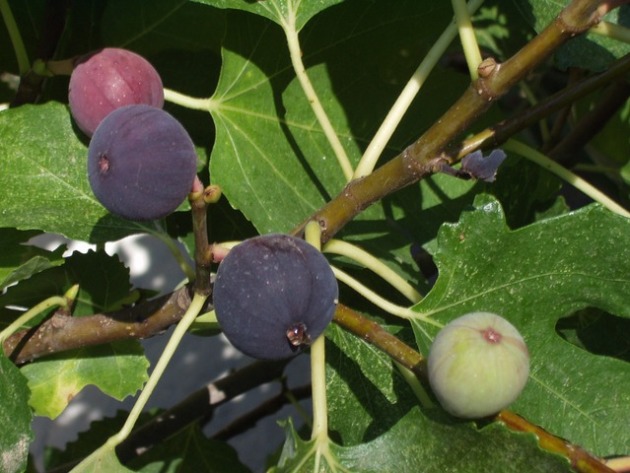
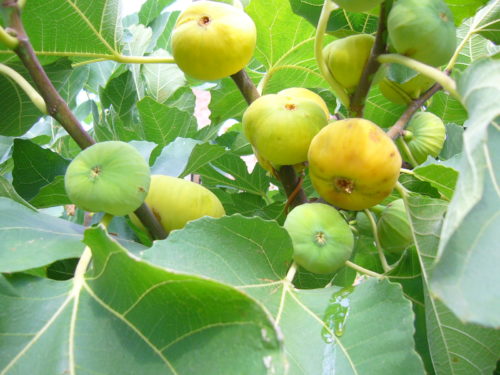

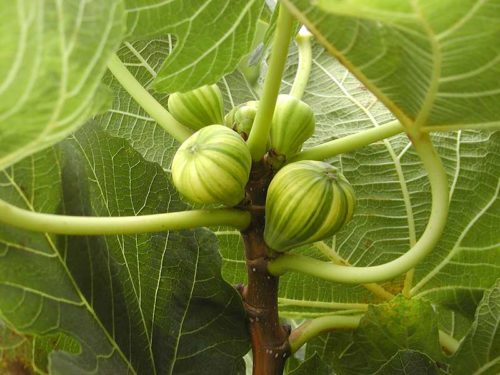
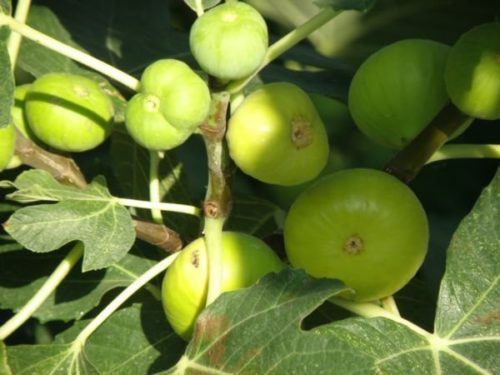
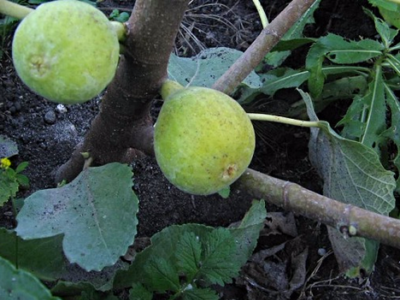
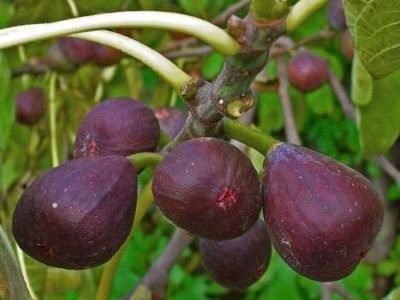

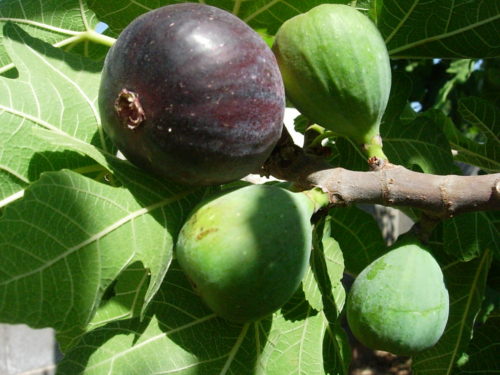
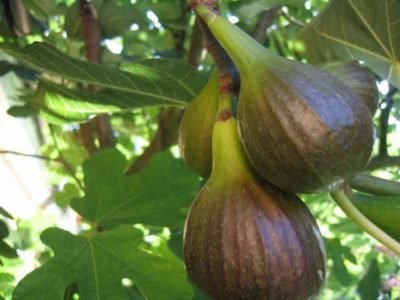
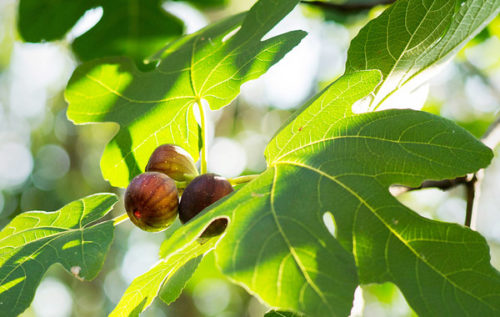


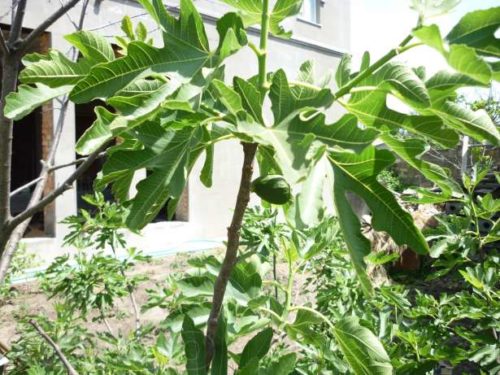



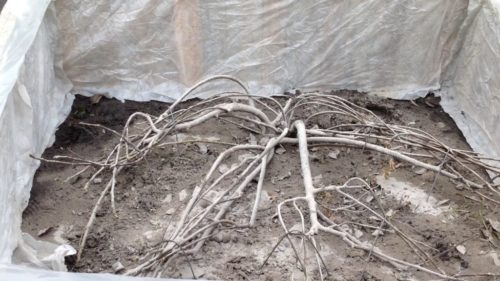

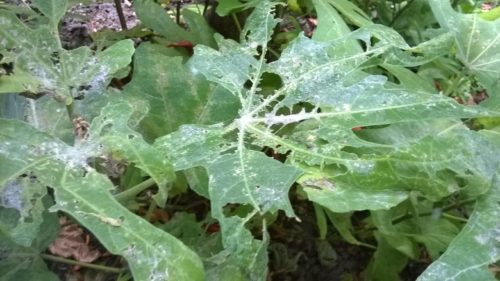


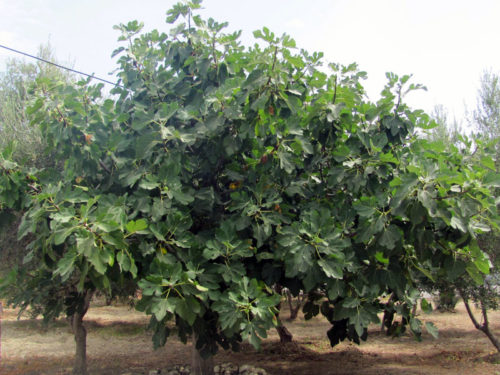
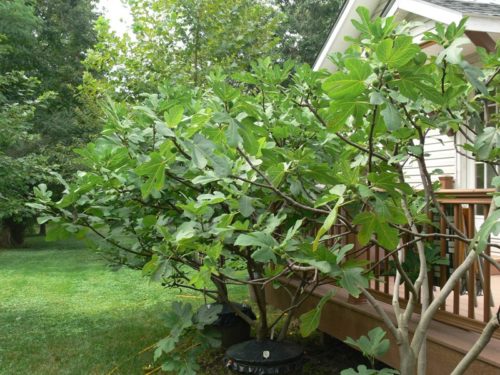
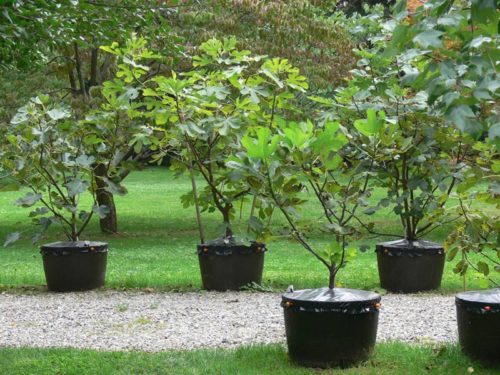
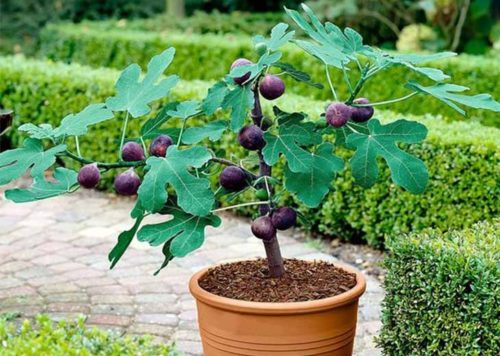












 Start a discussion ...
Start a discussion ...